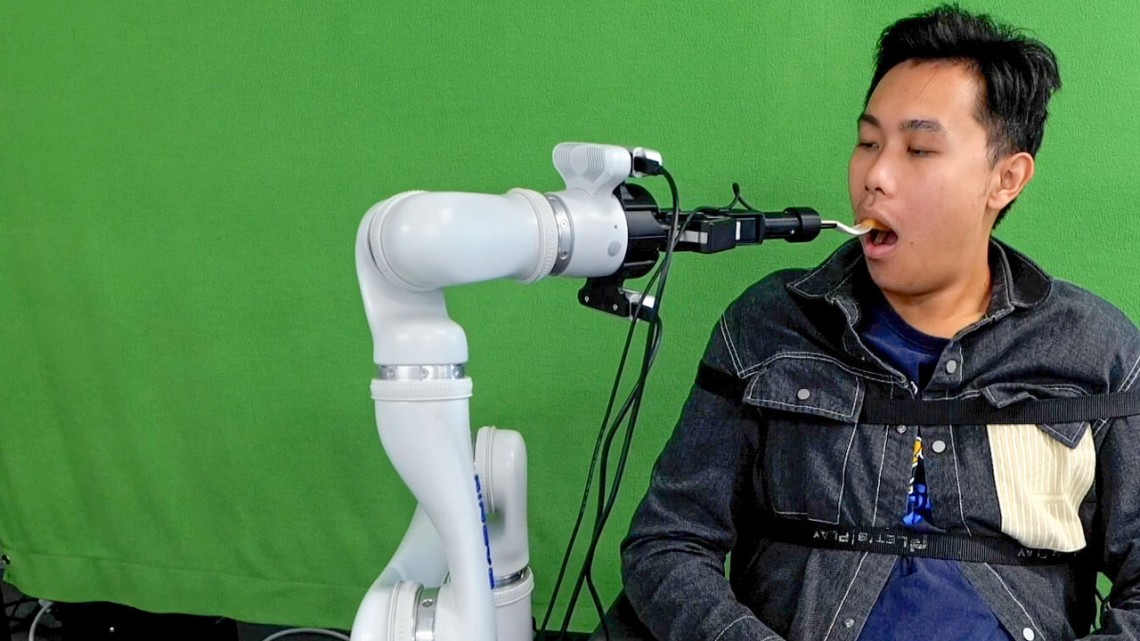
Artist’s rendition of the superhighway for electrons that can occur in rhombohedral graphene, a special kind of graphite (pencil lead).
Credit: Sampson Wilcox, MIT Research Laboratory of Electronics
MIT physicists and colleagues have created a five-lane superhighway for electrons that could allow ultra-efficient electronics and more. The work, reported in the May 9 issue of Science, is one of several important discoveries by the same team over the last year involving a material that is essentially a unique form of pencil lead.
“This discovery has direct implications for low-power electronic devices because no energy is lost during the propagation of electrons, which is not the case in regular materials where the electrons are scattered,” says Long Ju, an assistant professor in the ...
Read More









Recent Comments